Florenz
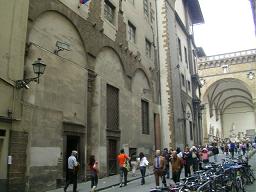
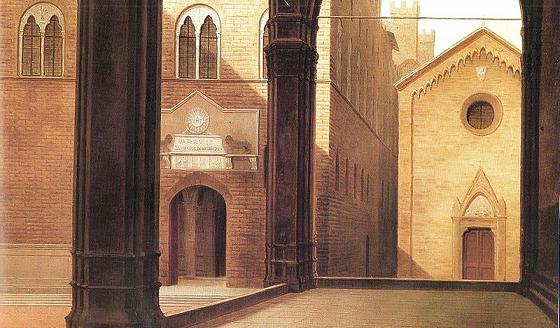
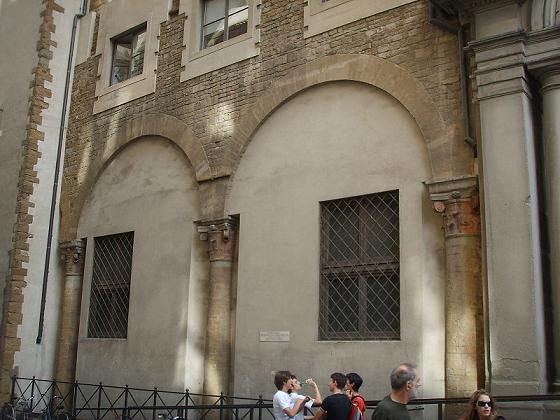



Piazzale degli Uffizi - 50122 Firenze
0
The church of San Pier Scheraggio, or rather what is left of it, is located in via della Ninna, 'stuck' between Palazzo Vecchio and the Uffizi. Its ancient ruins - as the plaque says on purpose - are still there. Its arches and columns emerge from the side of the Uffizi, from which it was definitively incorporated in the second half of the sixteenth century. The first 'mutilations' had already taken place with the construction of Palazzo Vecchio and the enlargement of Via della Ninna.
Then Vasari did the rest, incorporating what remained in the bulk of the Uffizi palace. Although in reality the church continued to be consecrated until the mid-eighteenth century, when, at the behest of the Lorraines, it became the Court Archives. Originally the cusp façade had three doors and a large rose window. For the scholar Don Vincenzo Borghini, a friend of Vasari, if San Pier Scheraggio had not been transformed over time, it could have been considered for proportions, harmony and perfection, a faithful representation of the Vitruvian basilica.
Today, only the central nave, which was restored in 1971, remains of the ancient church. It is called Aula di San Pier Scheraggio and is closed to the public, with the exception of extraordinary openings for exhibitions or events. Yet within it there are real treasures. As we enter, we find Dante, Boccaccio and Petrarca to welcome us. But also Pippo Spano, Farinata degli Aberti and Niccolò Acciaiuoli. They are part of the famous cycle of fifteenth-century frescoes by Andrea del Castagno.
The 'Illustrious Men' recovered in 1847 from Villa Carducci di Legnaia, and the Uffizi from 1969. Then we move on to the monumental paintings by Cagli and Guttuso, the Battle of San Martino (1936) and the Battle of Ponte Ammiraglio (1951-52) . And, last but not least, under the ancient Romanesque apse in pietra forte stands a marvelous Annunciation by Botticelli of 1481, a fresco detached in 1920 from the loggia of the Church of the Florentine Hospital of San Martino alla Scala.
A couple of meters below our feet, a careful restoration has brought to light the remains and the stratifications until you discover a frescoed environment of the Roman Florentia and a Longobard church. With the work of Superintendent Nello Bemporad in 1971, a staircase was discovered for the entire width of the central ship that descends to the crypt. The Romanesque basilica was built on the foundations of a 9th century sacred building. Consecrated in 1068 and until 1313 it was the seat of the municipal councils. Dante and Boccaccio's theater of memorable public orations, it has long been the chosen place for the election of the Gonfaloniere di Giustizia and the Priori delle LibertĂ .
The church was frescoed with a famous Madonna with Child of Cimabue. That then called Madonna della Ninna Nanna for the poignant tenderness with which Mary seems to lull the Child to make him fall asleep. It will be precisely this work that gives its name to Via della Ninna.
A special thanks goes to Giulio Cocollini, one of the 4 heads of the Uffizi, who accompanied us on this special visit, delighting us with salacious observations.
Wo Wir Sind
Andere Kirchen
Previous
Next
-
Area: Centro storico
-
Area: Centro storico
-
Area: Centro storico
-
Area: Centro storico
-
Area: Centro storico
-
Area: Centro storico
-
Area: Centro storico
-
Area: Periferia
-
Area: Centro storico
-
Area: Centro storico
-
Area: Centro storico
-
Area: Collina
-
Area: Centro storico
-
Area: Centro storico
-
Area: Centro storico
-
Area: Centro storico
-
Area: Semi-Centro
-
Area: Centro storico
-
Area: Centro storico
-
Area: Centro storico
-
Area: Centro storico
-
Area: Centro storico
-
Area: Centro storico
-
Area: Centro storico
-
Area: Centro storico





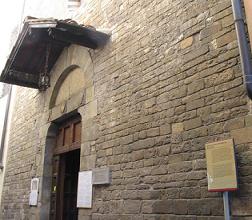
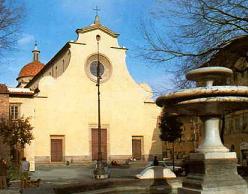
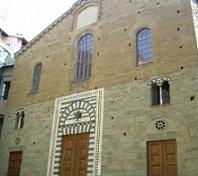
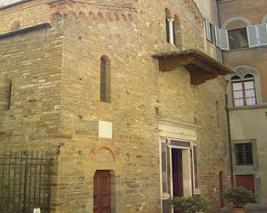
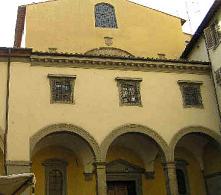

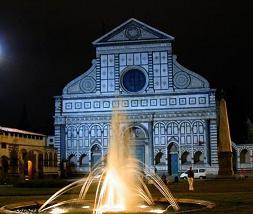
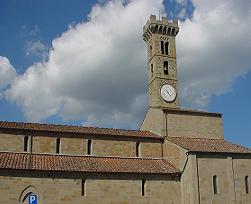

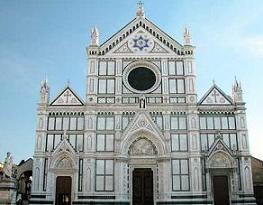
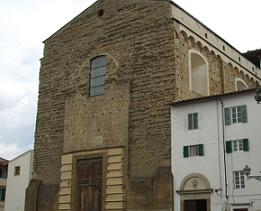

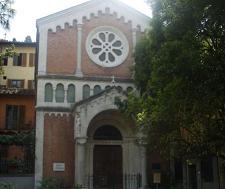
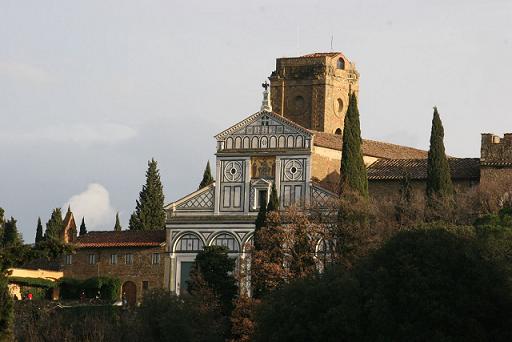
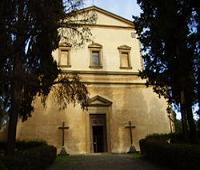
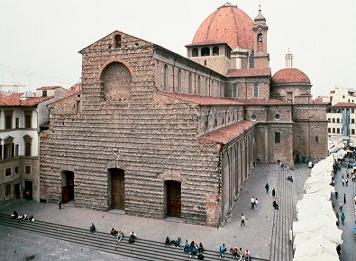
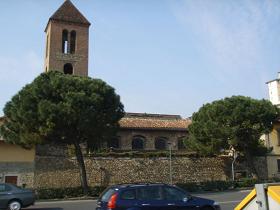
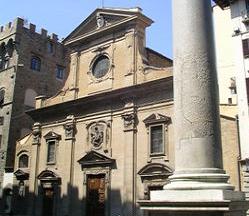
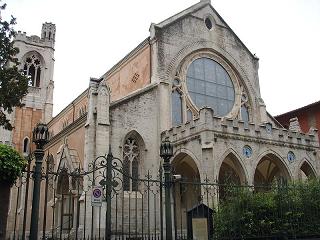

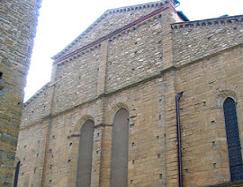
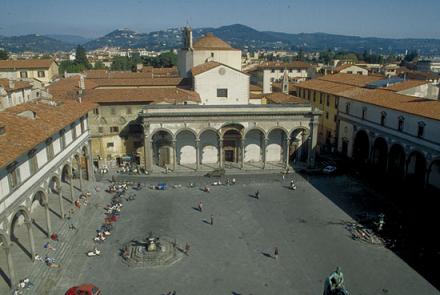
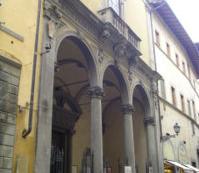
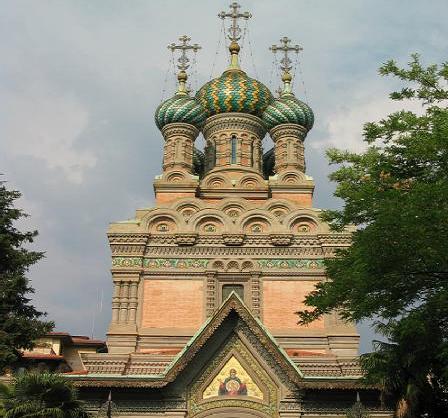
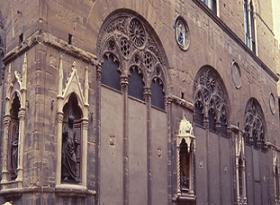
Kommentar